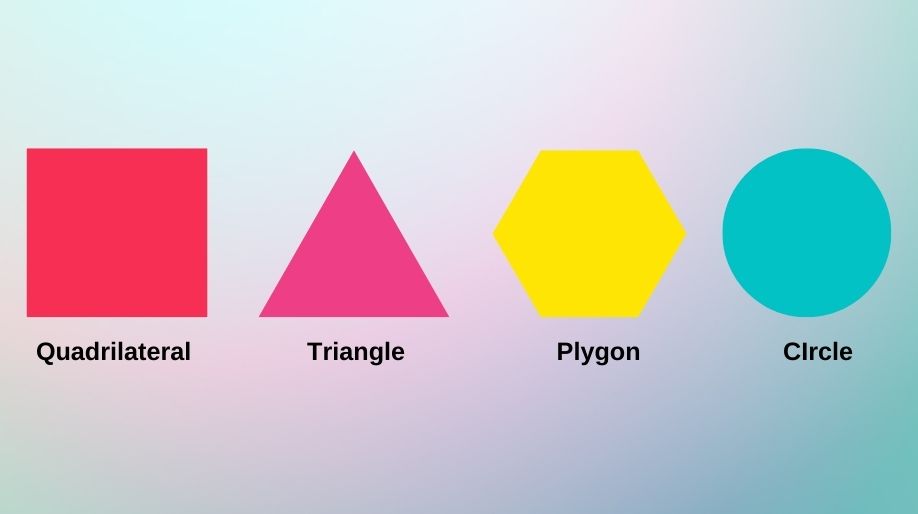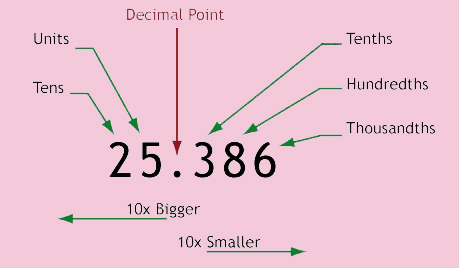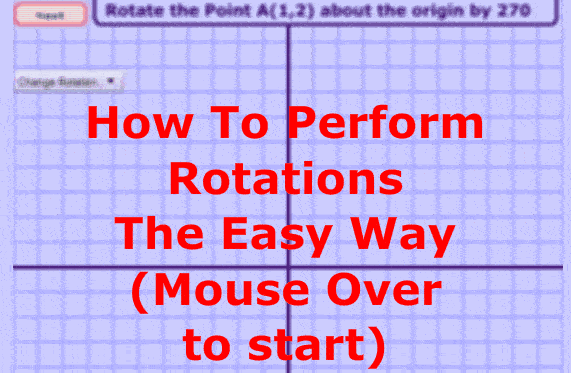Whenever we see any shape whether closed or open do we ask ourselves what are these, what are their properties and the most important where can we use them.
- Here we are going to learn about the answers to such questions.
- A line segment is the most basic shape to be learnt.
- A line segment has its very important property that it has a definite length.
Now when we compare two line segments we can do it in the following three ways:
- a) By Observation: It says that we can compare two line segments by randomly looking at each them and predict about their lengths.
- b) By Tracing: It says that when we keep two lines over each other such that one of their starting points coincide then we can predict which line segment is larger.
- c) By using Ruler and Divider: It says we can predict the length of the line segments by using rulers and scales. It is the most accurate method to measure the lengths of the line segments.
Angles
- The inclination of any line from the ground or horizontal level is called as an angle.
- Angles can be measured with the help of an instrument called as a protractor and on the basis of a measured angle
- The angles can be broadly categorized as
- Right Angle: When the angle is 90° it is said to be right.
- Straight Angle: When the angle is 180° it is said to be straight.
- Acute Angle: When the angle is less than 90° it is said to be an acute angle.
- Obtuse Angle: When the angle is greater than 90° it is said to be an obtuse angle.
- Reflex Angle: When the angle is greater than straight angle itself which means angle greater than 180° is said to be a reflex angle.
- The angle covered in one complete revolution is called as a complete angle. It simply means the angle 360° is called as a complete angle.
The Various types of angles are:
Perpendicular Lines
- When two lines intersect each other and the angle so formed is 90°, the lines are said to be perpendicular.
- Thus to draw a perpendicular bisector of any line we make a line at 90° to the initial line.
Classification of Triangles
A triangle is a 2D shape formed by three line segments which are joined in such a manner to form a closed shape.
- Triangles can be classified on the basis of sides as
- Scalene Triangle: Triangles having all the sides of different length is said to be a scalene triangle.
- Isosceles Triangle: Triangles having two sides equal is called as Isosceles triangle.
- Equilateral Triangle: Triangles having all of the sides of equal length are said to be an equilateral triangle.
- Triangle can be classified on the basis of angles as
- Acute Angled Triangle: Triangles having all the angles acute are said to be acute angled triangle.
- Right Angled Triangle: Triangles having any angle of measurement 90° is said to be a right-angled triangle.
- Obtuse Angled Triangle: Triangles having one angle as obtuse is said to be an obtuse-angled triangle.
Quadrilaterals
A polygon having 4 sides is said to be a quadrilateral. Or in simple words, we can say that a quadrilateral is a closed 2D figure having four sides.
- If all the sides of the quadrilateral are equal and all the angles are 90° each then it is said to be a square.
- If the opposite sides are equal and all the angles are 90° each, then it is said to be a rectangle.
- If the opposite sides are equal and parallel and the opposite angles are also equal but not 90°, then it is said to be a parallelogram.
- If all the sides are equal and the opposite angles are also equal but not 90°, then it is said to be a rhombus.
- If only two opposite sides are parallel, then it is said to be a trapezium.
Polygons
- Polygons are the basic 2D shapes which are made up of line segments which are arranged in such a manner such that they form a closed figure.
- A polygon is said to be regular if all the sides of the polygon are equal in length as well as the angles are of the same measure.
The various polygons of different sides are:
Three Dimensional Shapes
- A figure having all the three dimensions that are length, breadth and height are called as a 3D figure.
- A 3D figure has faces, edges and vertex.
- The flat surface of a solid figure is called its face.
- The straight line segments are called as edges.
- The corners formed by the edges when they meet are called as a vertex.
The Various 3D shapes
Recap
- The inclination of any line from the ground or horizontal level is called as an angle.
- When the angle is 90° it is said to be a right angle.
- When two lines intersect each other and the angle so formed is 90°, the lines are said to be perpendicular.
- Triangles are of three types on the basis of sides a) Scalene b) Isosceles and c) Equilateral.
- On the basis of angles triangles are of three types a) Acute b) Right and c) Obtuse angled triangle.
- A figure having all the three dimensions that are length, breadth and height are called as a 3D figure.
- A 3D figure has faces, edges and vertex.
- A polygon is said to be regular if all the sides of the polygon are equal in length as well as the angles are of the same measure.
- If only two opposite sides are parallel, then it is said to be a trapezium.






























